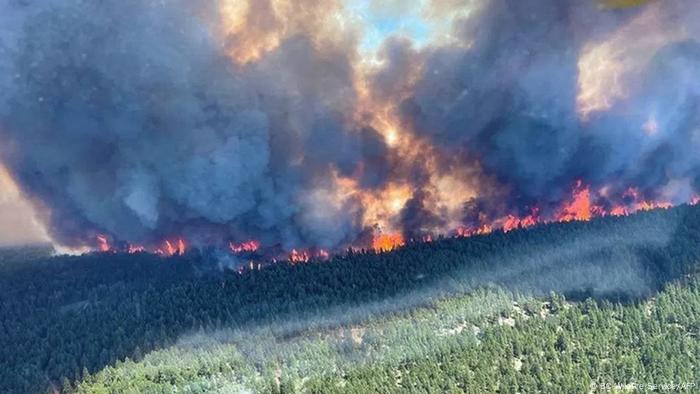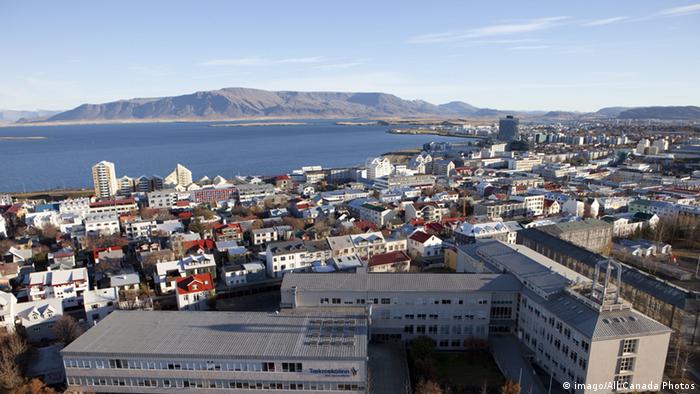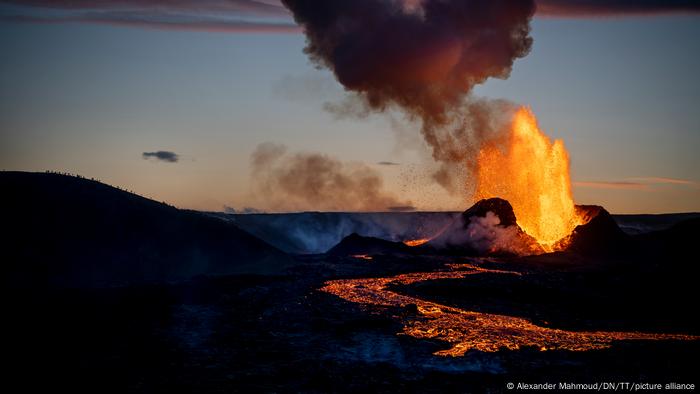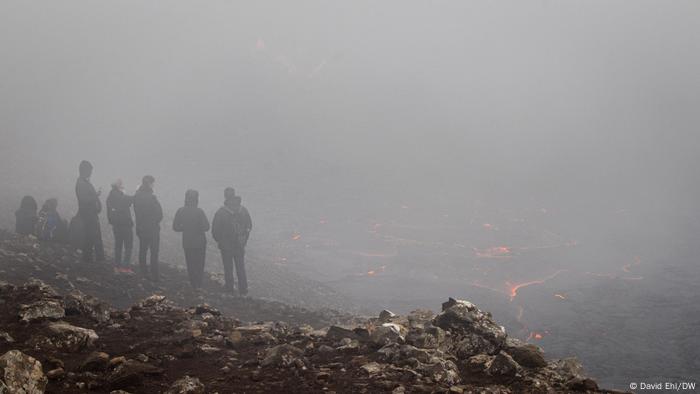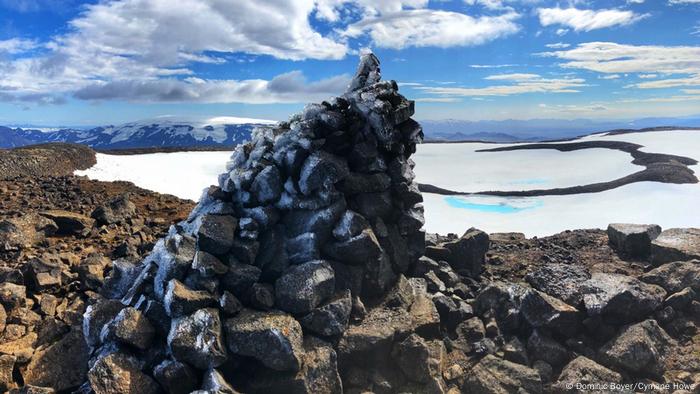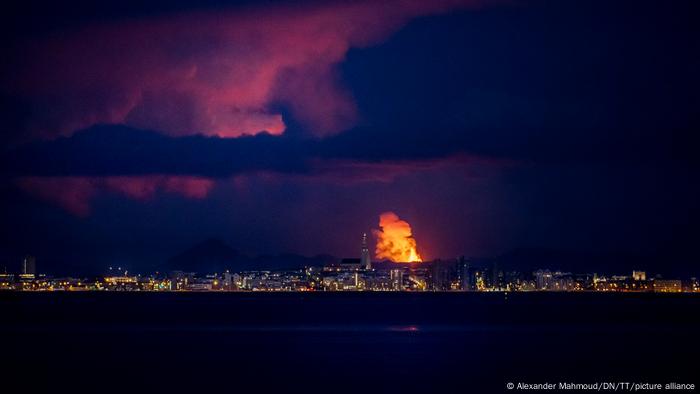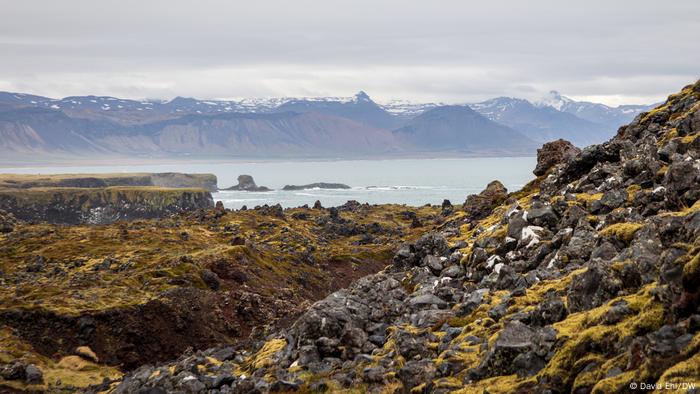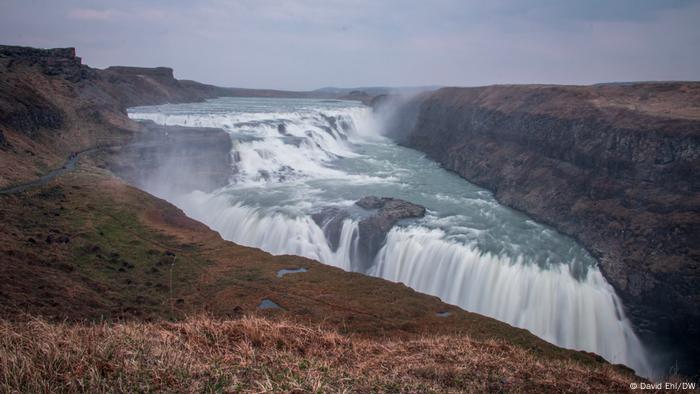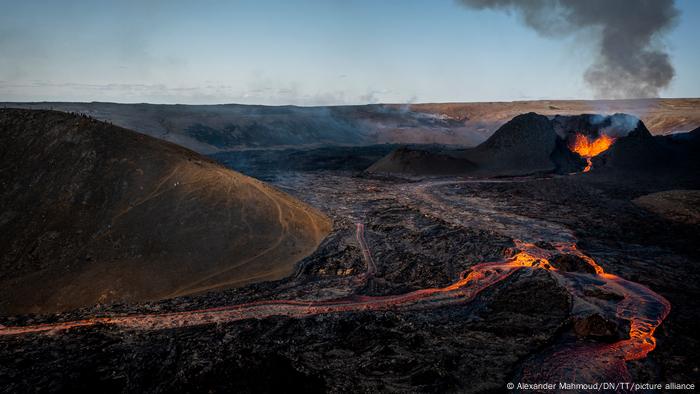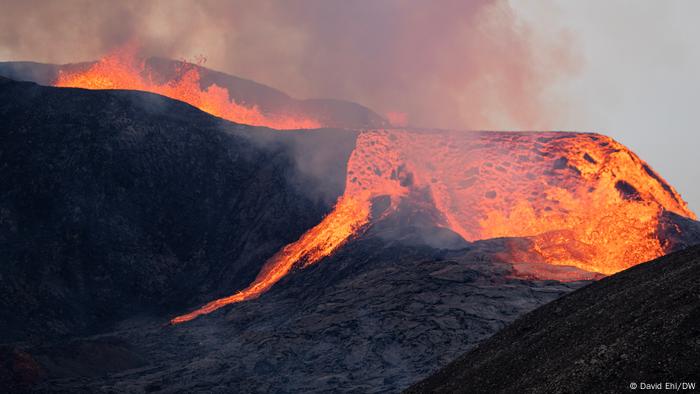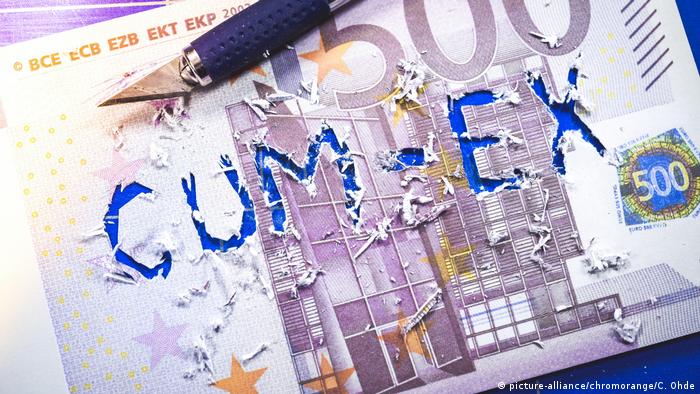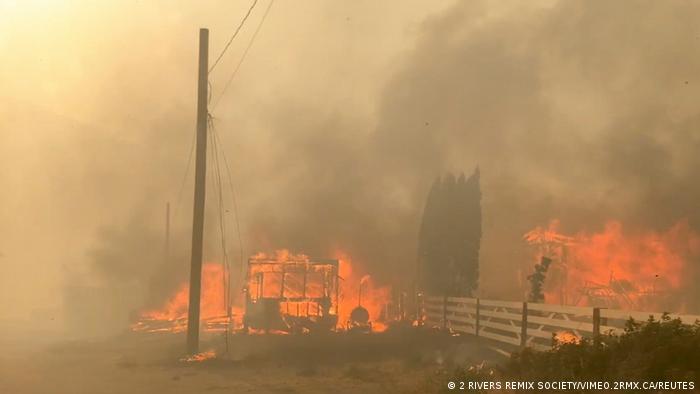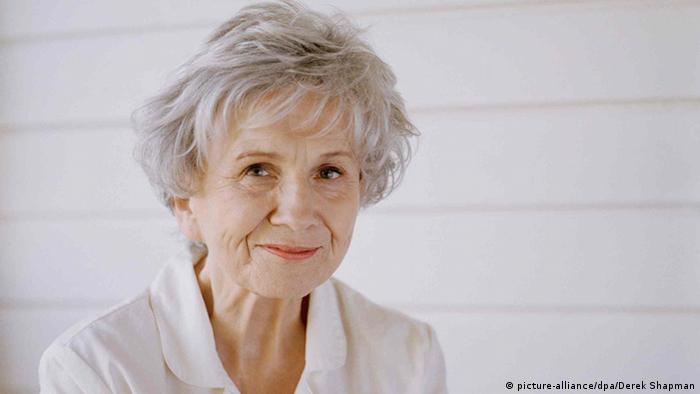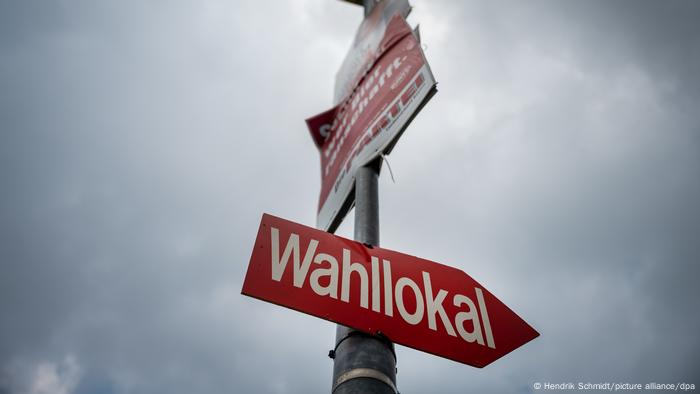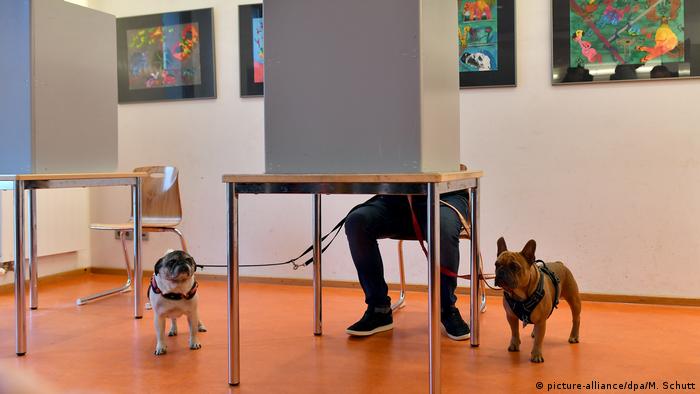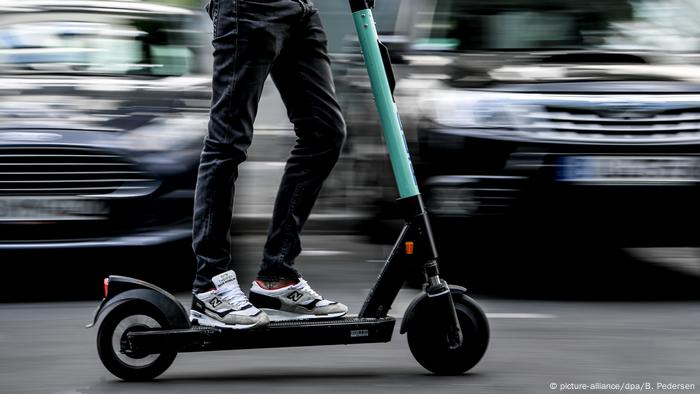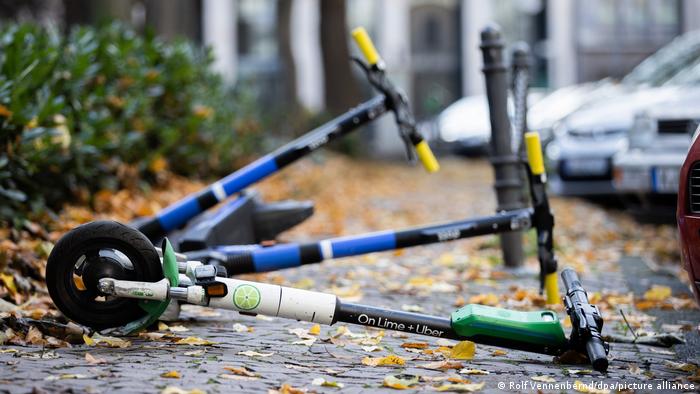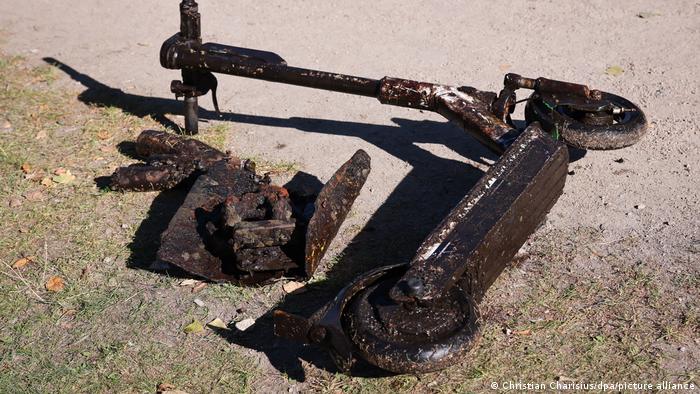When a heat wave began to scorch Canada and the US in late June — killing elderly people alone in their homes and fueling wildfires that wiped out an entire village — scientists said burning fossil fuels had changed the climate enough to make the temperature extremes worse.
One week later, they know by how much.
Global warming made the hottest day of the North American heat wave 150 times more likely and 2 degrees Celsius (3.6 Fahrenheit) hotter, according to a rapid attribution study released Thursday by an international team of 27 scientists from the World Weather Attribution initiative (WWA). Temperatures broke records in Oregon and Washington, in the US, and in British Columbia, in Canada. They reached a high of 49.6 C (121 F) that researchers say would have been "virtually impossible" without climate change.
The study, which has not yet been published in a peer-reviewed journal, is the latest example of scientists using models to swiftly assess the role of greenhouse gas emissions in exacerbating extreme weather. Its findings dispel a myth prevalent in rich countries that climate change only hurts people far away from them or in the distant future.
"We are entering uncharted territory," said study co-author Sonia Seneviratne, from the Institute for Atmospheric and Climate Science at ETH Zurich in Switzerland. "Much higher temperature records will be reached if we don't manage to stop greenhouse gas emissions and halt global warming."
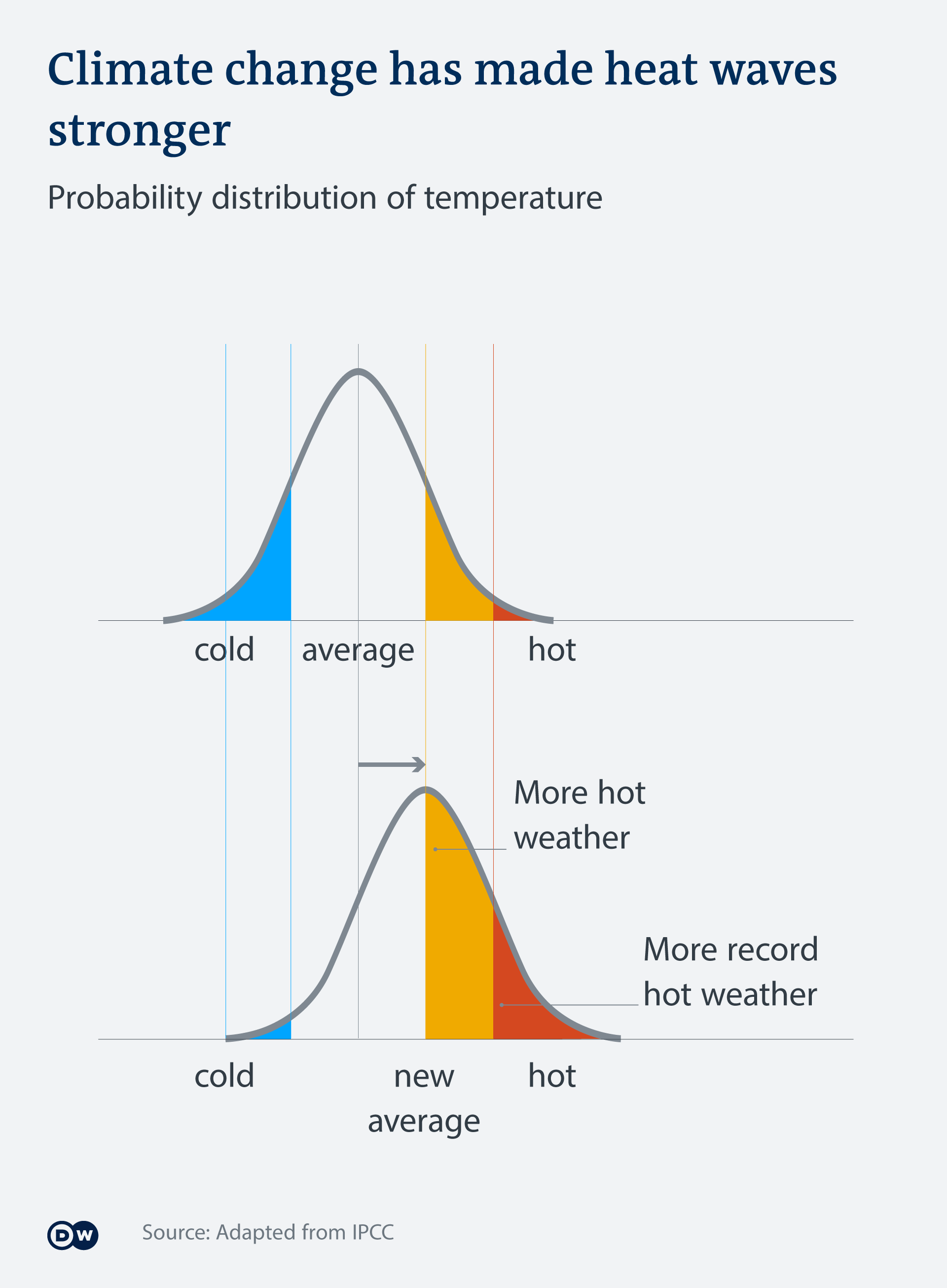
How did climate change affect the Pacific Northwest heat wave?
The temperatures — which authorities estimate have killed hundreds of people — were so much higher than historical records that researchers struggled to work out exactly how often such a heat wave could be expected. Their best guess is that such temperatures would occur once every thousand years in today's climate. And they found two theories for how it got so hot.
One explanation is that a combination of preexisting drought and unusual atmospheric conditions — a heat dome of warm air trapped in place by a bend in the jet stream — combined with climate change to drastically raise temperatures. "The statistical equivalent of really bad luck, albeit aggravated by climate change," the authors summarized.
An alternative, more troubling possibility is that the climate system may have already crossed a threshold where small amounts of warming push up temperatures up faster than previously observed. If true, it would mean such record-breaking heat waves have already become more likely to happen than climate models predict.
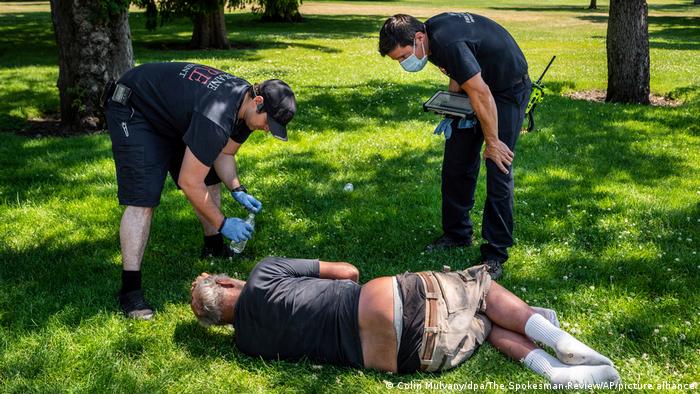
Heat waves are particularly dangerous for elderly people
"What we are seeing is unprecedented," said study co-author Friederike Otto, from the Environmental Change Institute at the University of Oxford. "This is such an exceptional event that we can't rule out the possibility that we're experiencing heat extremes today that we only expected to come at higher levels of global warming."
Previous heat records were "pulverized" by such large margins that "something else must be going on," said Stefan Rahmstorf, head of Earth System Analysis at the Potsdam Institute for Climate Impact Research in Germany, who was not involved in the study. "The study is valid and state of the art."
How does climate change affect heat waves?
Climate change has made heat waves hotter, longer and more common. By burning fossil fuels — which release gases that trap the sun's heat like a greenhouse — humans have warmed the planet by about 1.1 C above preindustrial levels. This raises the chance of record-breaking temperatures.
Lytton, a village in the Canadian province of British Columbia, broke the country's heat record on July 2 when temperatures shot almost 5 C above the previous record of 45 C.
The next day it was destroyed by a wildfire.
"We are a small, rural, Indigenous, low-income community and we are at the spearpoint of climate change," Gordon Murray, a resident who escaped Lytton, said in an interview Friday with public broadcaster CBC News. "But it's coming for everybody. We're the canary in the coal mine."
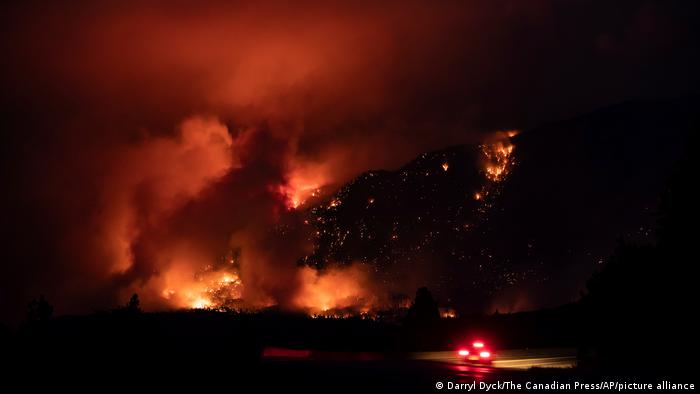
Wildfires in British Columbia, Canada, destroyed an entire village
How do heat waves affect health?
Heat waves, which have been among the deadliest disasters in the past few years, stress the human body. Hot weather exacerbates existing health conditions like heart, lung and kidney disease, as well as diabetes. It is particularly harmful to elderly people, young children, construction workers and homeless people.
The Pacific Northwest is used to a cool, often rainy climate, and fewer people have air conditioning than in southern states. In Oregon, authorities estimate that 107 people mostly aged 60 or older died from heat-related causes during the temperature spike.
Because temperatures in Oregon stayed high overnight, people couldn't cool down and recover, said Brandon Maughan, an emergency medicine doctor at Oregon Health and Science University in the state's largest city, Portland, which experienced searing heat over three days at the end of June that peaked at 46.7 C. "Many people assumed that they would suffer through it like they have in prior summers. And this is just fundamentally different."
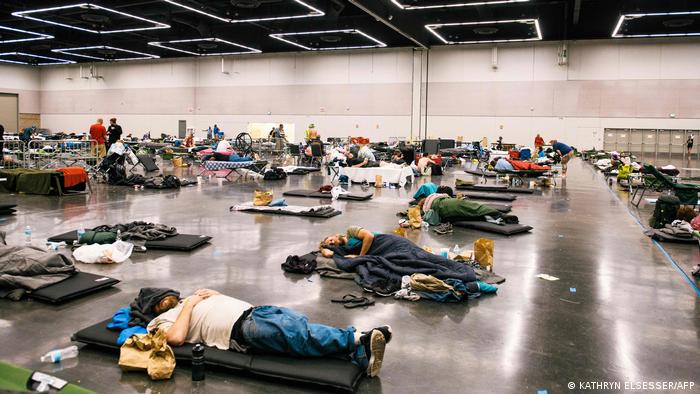
Schools and COVID-19 test centers have closed while large spaces have been turned into cooling stations
In an average year, he said, Oregon hospitals treat many people for heat exhaustion — which they can manage at home while feeling unwell — but few people come in with symptoms of the more serious heat stroke. "We just saw more of it this year."
A study published in the journal Nature Climate Change in May that found 1 in 3 deaths from heat during warm seasons since 1991 can be attributed to climate change. The North America heat wave shows that "current adaptation systems are not prepared for such very extreme events," said Ana Vicedo, group leader for climate change and health at the University of Bern in Switzerland, and co-author of the study.
In 2003, in Europe, a summer heat wave made twice as likely by global warming killed more than 70,000 people. In Paris alone, climate change increased the risk of dying from heat by 70%, leading to more than 500 deaths.

Doctors recommend checking on vulnerable neighbors and staying in the shade
How to stay cool during a heat wave
People can stay cool by finding public places with shade or air conditioning, drinking water, and keeping an eye on elderly and vulnerable neighbors.
This can be trickier in cities, where concrete buildings and asphalt roads absorb heat and raise temperatures even higher than in the surrounding countryside. Local governments can reduce the burden by designing cities with more trees, parks and waterways.
Though people can adapt to hotter temperatures, scientists stress that climate policy to stop emissions is what will decide the length, strength and frequency of heat waves.
In 2015, world leaders promised to limit global warming to well below 2 C above preindustrial levels. Their current policies will instead heat the planet by about 3 C, according to German-based research group Climate Action Tracker.
The WWA study found that global warming of 2 C would make heat waves like the one in North America so likely they would hit every five to 10 years.
